Pier Fishing for Sheepshead Along the Gulf Coast
The rhythmic crash of waves against weathered pilings, the salty breeze carrying promises of the day’s catch, and the distinctive black-and-white striped bodies darting among the barnacle-encrusted structures below – this is the world of pier fishing for sheepshead along the Gulf Coast. These crafty, hard-fighting fish with their human-like teeth have earned both the nickname “convict fish” for their distinctive striped appearance and a devoted following among coastal anglers. From Florida’s emerald waters to the Texas shoreline, pier fishing for sheepshead combines accessibility, challenge, and reward in a uniquely Gulf Coast experience that connects anglers to a centuries-old tradition while providing some of the finest table fare the ocean has to offer.
Understanding the Sheepshead Fish
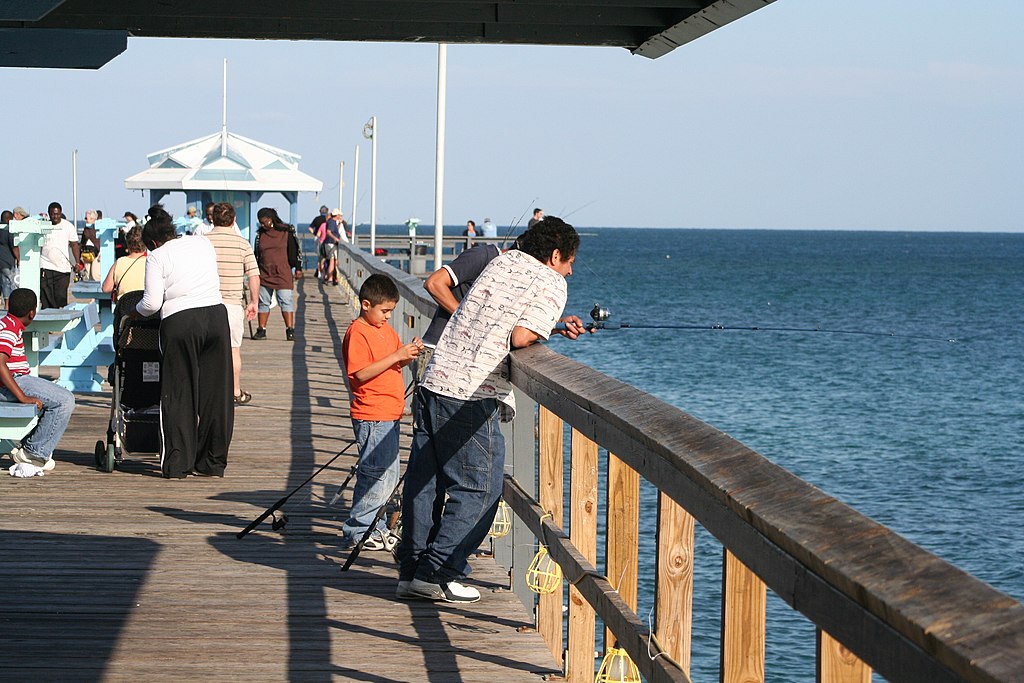
Sheepshead (Archosargus probatocephalus) are immediately recognizable by their distinctive black and white vertical stripes that have earned them the nickname “convict fish.” These members of the porgy family typically weigh between 2-8 pounds along the Gulf Coast, though specimens exceeding 15 pounds are occasionally caught. Their most notable feature is their unusual dentition – sheepshead possess multiple rows of flat, human-like incisors and molars designed for crushing hard-shelled prey. This specialized mouth structure allows them to feed effectively on barnacles, crabs, shrimp, and mollusks that grow on pier pilings, jetties, and other structures, making piers ideal locations to target these crafty predators.
Seasonal Patterns of Gulf Coast Sheepshead

Sheepshead fishing along the Gulf Coast follows distinct seasonal patterns that savvy anglers learn to anticipate. During winter December through February), adult sheepshead gather in massive spawning aggregations near coastal structures, making this the prime season for targeting trophy-sized fish from Gulf piers. Spring sees these fish dispersing somewhat but remaining accessible around structures. Summer typically brings smaller juvenile sheepshead to the piers while many adults move to deeper offshore waters. By fall, cooling water temperatures trigger sheepshead to begin working their way back toward nearshore structures, with fishing success gradually improving as winter approaches. Understanding these seasonal movements is crucial for consistent success when targeting sheepshead from Gulf Coast piers.
Essential Gear for Pier Sheepshead Fishing
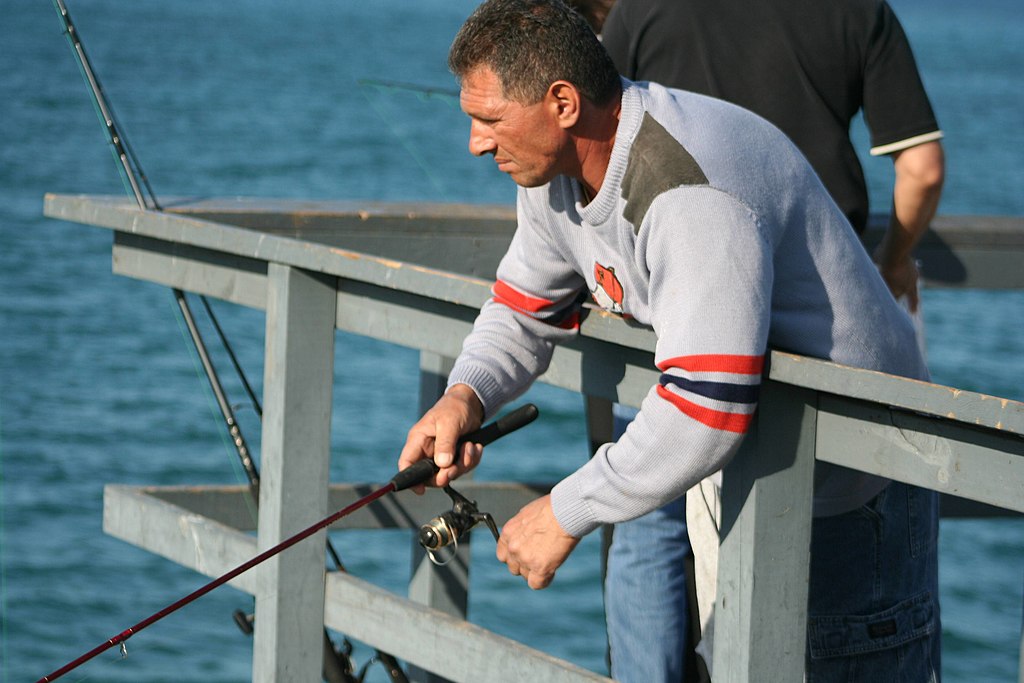
Successful sheepshead fishing from Gulf Coast piers demands specialized gear suited to these structure-oriented fish. A medium-action 7-foot spinning rod paired with a quality 3000-4000 size reel spooled with 15-20 pound braided line provides the perfect balance of sensitivity and strength. Terminal tackle should include 20-30-pound fluorocarbon leader material, small but strong hooks (size 1 to 2/0), and split shot weights or egg sinkers appropriate for current conditions. Many experienced sheepshead anglers prefer specialized hooks like Kahle or Octopus styles that better accommodate the sheepshead’s unique biting style. Additional essential gear includes needle-nose pliers for hook removal, a sharp knife for bait preparation, a landing net with an extendable handle, and a cooler with ice to preserve your catch in the Gulf Coast heat.
Prime Bait Selections for Sheepshead
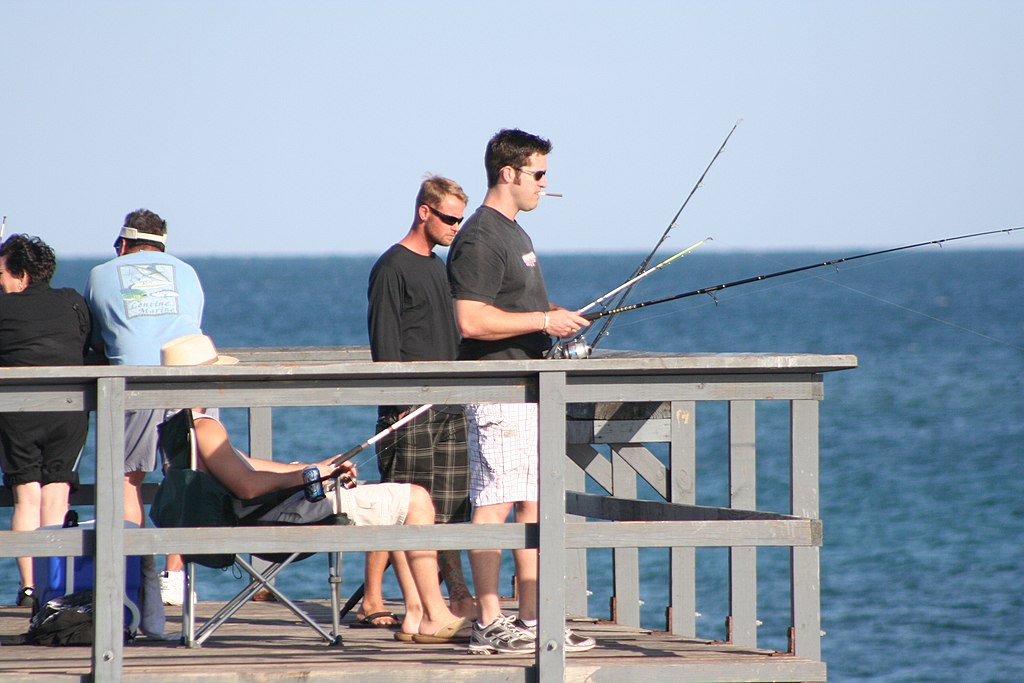
Sheepshead earned their scientific name (Archosargus probatocephalus) partly from their preference for crustaceans, and your bait selection should reflect this natural diet. Fresh fiddler crabs rank among the most effective baits, with their hard shells and sweet meat proving irresistible to hungry sheepshead. Live or fresh-dead shrimp present another excellent option, though peeling the shell can make them more appealing and harder for the notoriously bait-stealing sheepshead to strip from your hook. Sand fleas (mole crabs) harvested from the surf zone make exceptional bait when available. Other productive options include live or frozen oysters, clams, barnacles scraped from pilings, and even hermit crabs. The fresher your bait, the better your chances of tempting these selective feeders.
Locating Sheepshead Around Piers
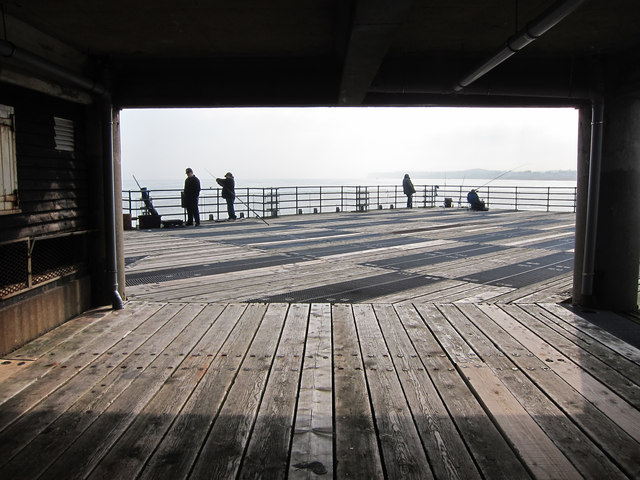
When fishing Gulf Coast piers for sheepshead, understanding where these structure-oriented fish position themselves is critical to success. Focus your efforts around barnacle-encrusted pilings, particularly those in deeper water or along the outer sections of the pier where water quality remains high. Sheepshead typically hold close to these structures, often facing into the current to feed on organisms growing on the pilings. Areas where cross-bracing creates additional structure or where different construction materials meet often create prime holding spots. Underwater debris fields, oyster beds, or artificial reefs near pier structures can also concentrate sheepshead, especially during spawning season. Careful observation of where successful anglers are positioning themselves can provide valuable clues to productive locations that may not be immediately obvious.
Mastering the Art of Sheepshead Hook-Setting
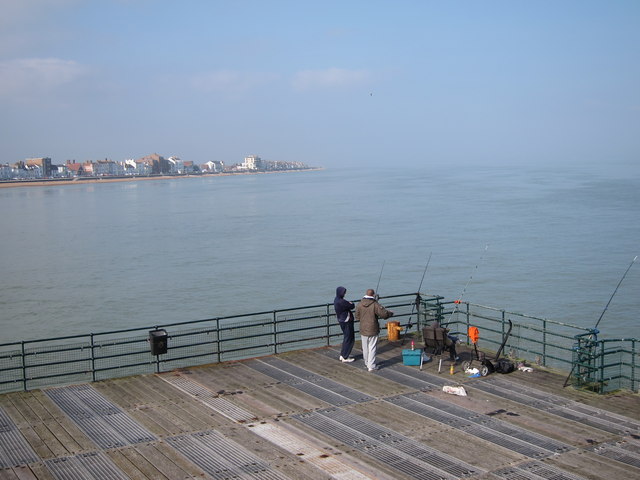
Perhaps no aspect of sheepshead fishing proves more challenging or crucial than developing proper hook-setting technique. Sheepshead have earned the nickname “bait stealers” due to their uncanny ability to strip hooks clean without getting caught. Their specialized teeth and nibbling feeding style allow them to manipulate baits while delicately avoiding hooks. The key to consistent hookups is recognizing the difference between investigative nibbles and actual feeding. When you feel the distinctive tap-tap-tap of a sheepshead testing your bait, resist the urge to set immediately. Instead, maintain slight tension while allowing the fish to take the bait more fully into its mouth. When you feel a more solid pull or when your line begins moving sideways rather than just vibrating, execute a quick, firm hook set straight up to drive the hook through the sheepshead’s tough mouth parts.
Top Gulf Coast Piers for Sheepshead
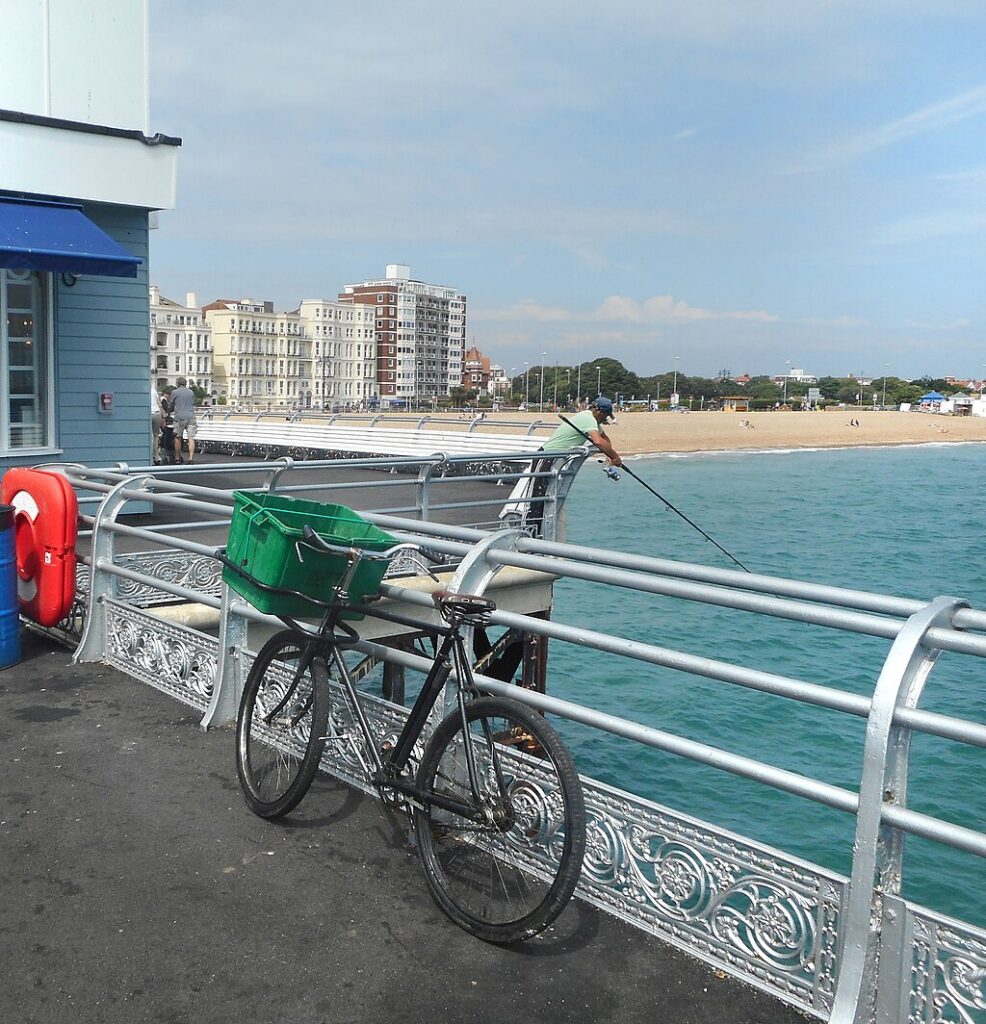
The Gulf Coast offers numerous outstanding piers for targeting sheepshead, with several locations standing out for their consistent productivity. Florida’s Navarre Beach Fishing Pier and Pensacola Beach Gulf Fishing Pier boast excellent winter sheepshead runs with numerous trophy-class fish landed annually. In Alabama, Gulf State Park Pier in Gulf Shores provides over 1,500 feet of fishing access with exceptional sheepshead holding structure throughout. Mississippi’s Lighthouse Pier in Biloxi combines historic charm with productive fishing opportunities. Louisiana anglers find success at Grand Isle State Park’s fishing pier when targeting sheepshead. In Texas, Galveston’s 61st Street Fishing Pier and the legendary Bob Hall Pier in Corpus Christi have earned reputations as premier sheepshead destinations, particularly during winter spawning aggregations.
Effective Sheepshead Fishing Techniques
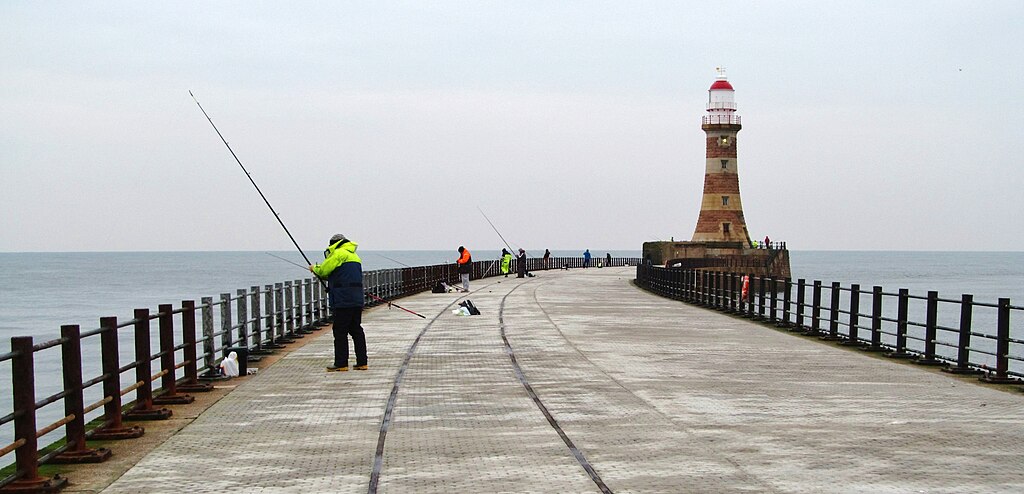
Successfully hooking and landing sheepshead from Gulf Coast piers requires specific techniques tailored to these structure-oriented fish. The vertical jigging approach involves positioning directly above pier pilings, dropping your bait straight down, and maintaining a tight line while imparting subtle rod tip movements to mimic natural food movement. The piling sweep method involves casting slightly upcurrent of a piling and allowing your bait to swing naturally with the current alongside the structure where sheepshead feed. For deeper water sections, the bottom bounce technique utilizes a fish-finder rig to present bait on the seafloor near structural elements. When sheepshead prove especially finicky, try downsizing both your hook and bait while using lighter leader material. Regardless of technique, maintaining direct contact with your bait at all times provides the sensitivity needed to detect the sheepshead’s subtle bites.
Tide and Weather Considerations

Understanding how tides and weather affect sheepshead behavior around Gulf Coast piers can dramatically improve your catch rate. Moderate incoming tides typically produce the most consistent bite, bringing clean water, activated feeding patterns, and proper current flow around structural elements. Strong current periods, whether during peak tidal movement or influenced by wind, often make sheepshead harder to target effectively from piers. Weather frontal passages significantly impact fishing success – the day before a cold front often triggers heightened feeding activity, while the immediate post-frontal period typically suppresses the bite. Water clarity plays a crucial role; while sheepshead will feed in moderately turbid conditions, extremely murky water makes it difficult for them to locate baits. The ideal conditions combine moderate water movement, good clarity, and stable barometric pressure.
Handling and Cleaning Your Sheepshead Catch

Proper handling and cleaning of sheepshead ensures you’ll enjoy their exceptional table qualities. When landing sheepshead, exercise caution around their sharp dorsal spines and those distinctive human-like teeth, which can inflict painful injuries. A landing net significantly reduces handling stress on both fish and angler. For fish you intend to release, minimize time out of water and avoid touching their gills or removing their protective slime coat. When keeping sheepshead for the table, immediately place them on ice to preserve quality. The cleaning process proves somewhat challenging due to their tough scales and complex bone structure. Begin with a sharp fillet knife, cutting behind the head and pectoral fin down to the backbone, then work the knife along the dorsal ridge toward the tail, staying close to the backbone to maximize yield while avoiding the rib bones.
Sheepshead Fishing Etiquette on Crowded Piers
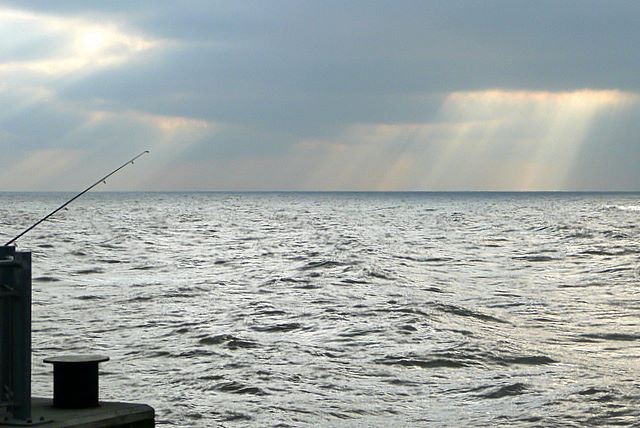
Gulf Coast fishing piers often become crowded during prime sheepshead season, making proper etiquette essential for everyone’s enjoyment. Always respect other anglers’ space, generally maintaining at least 6-8 feet between fishing positions unless invited closer. When moving around the pier, pass behind rather than in front of actively fishing anglers to avoid disturbing their lines. Never cast across another person’s fishing area, even if you spot sheepshead activity there. Pier fishing creates a community atmosphere where knowledge sharing benefits everyone, offering friendly advice when requested, while avoiding unsolicited criticism creates positive experiences. Be mindful of proper fish handling and the disposal of fish cleaning waste according to pier regulations. Remember that public piers serve diverse users – families, novice anglers, and tourists all have equal rights to enjoy these facilities alongside experienced sheepshead specialists.
Conservation and Regulations
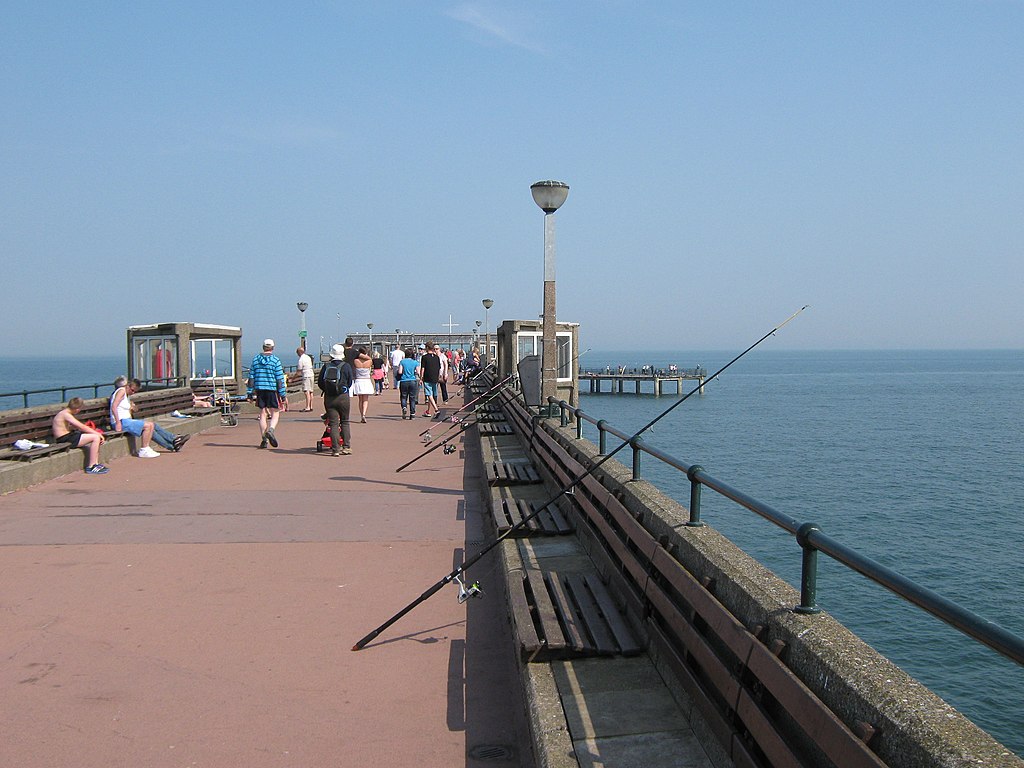
Responsible sheepshead fishing along the Gulf Coast requires understanding and adhering to current regulations while embracing conservation practices. Size and bag limits vary by state along the Gulf Coast, with most imposing minimum size requirements between 12-15 inches and daily possession limits between 8-15 fish per angler. Seasonal closures may be implemented during peak spawning periods in certain areas to protect breeding populations. Beyond legal requirements, conservation-minded anglers practice selective harvest, keeping only what they’ll reasonably consume while releasing larger breeding-sized specimens. When releasing sheepshead, proper handling minimizes mortality – use barbless or crushed-barb hooks when possible, keep fish in the water while unhooking, and revive tired fish before release. Participation in citizen science programs like tag-and-release initiatives provides valuable data helping fisheries managers ensure sustainable sheepshead populations for future generations.
Cooking Your Gulf Coast Sheepshead

The culinary reward for successfully targeting sheepshead justifies every moment spent perfecting your pier fishing techniques. Sheepshead’s sweet, firm white flesh offers versatility in preparation with a flavor profile often compared favorably to red snapper or grouper. The classic Gulf Coast preparation involves lightly dusting fillets with seasoned flour and pan-frying until golden, allowing the fish’s natural sweetness to shine through. For a healthier approach, grilling sheepshead with minimal seasoning preserves its delicate flavor while adding subtle smoke notes. Blackening with Cajun spices represents another regional favorite that complements the firm texture perfectly. Sheepshead also shines in ceviche preparations, with the firm flesh holding up well to citrus marinade. For special occasions, stuffed whole sheepshead makes an impressive presentation – the fish’s broad body cavity accommodates crabmeat stuffing in true Gulf Coast culinary tradition.
Conclusion

From the sun-bleached planks of Pensacola to the wave-washed piers of South Padre Island, sheepshead fishing represents a quintessential Gulf Coast angling tradition. These challenging, structure-loving fish reward patient anglers with both sporting action and exceptional table fare. The accessibility of pier fishing makes this pursuit available to virtually anyone, regardless of whether they own a boat or possess advanced angling skills. By understanding sheepshead behavior, mastering specialized techniques, and embracing the community aspect of pier fishing, anglers can create memorable experiences while harvesting sustainable meals from Gulf waters. As you feel that distinctive tap-tap-tap on your line, remember you’re participating in a coastal tradition that connects generations of Gulf anglers – all pursuing those distinctive convict-striped fish lurking around the pilings below.

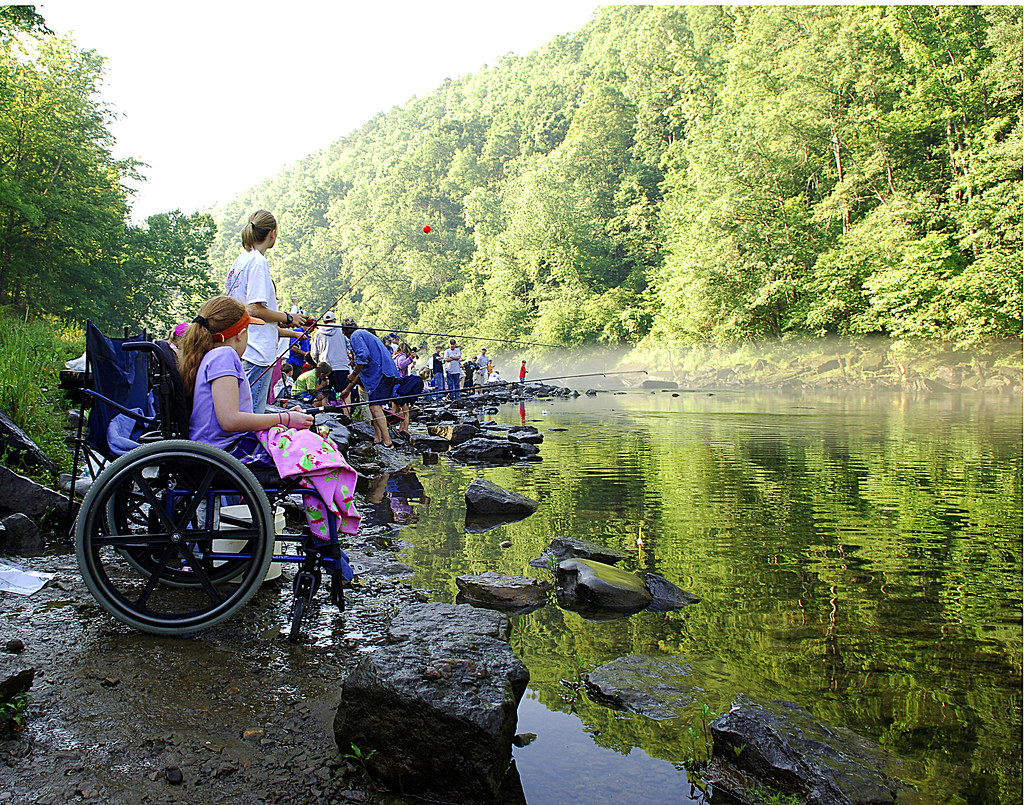
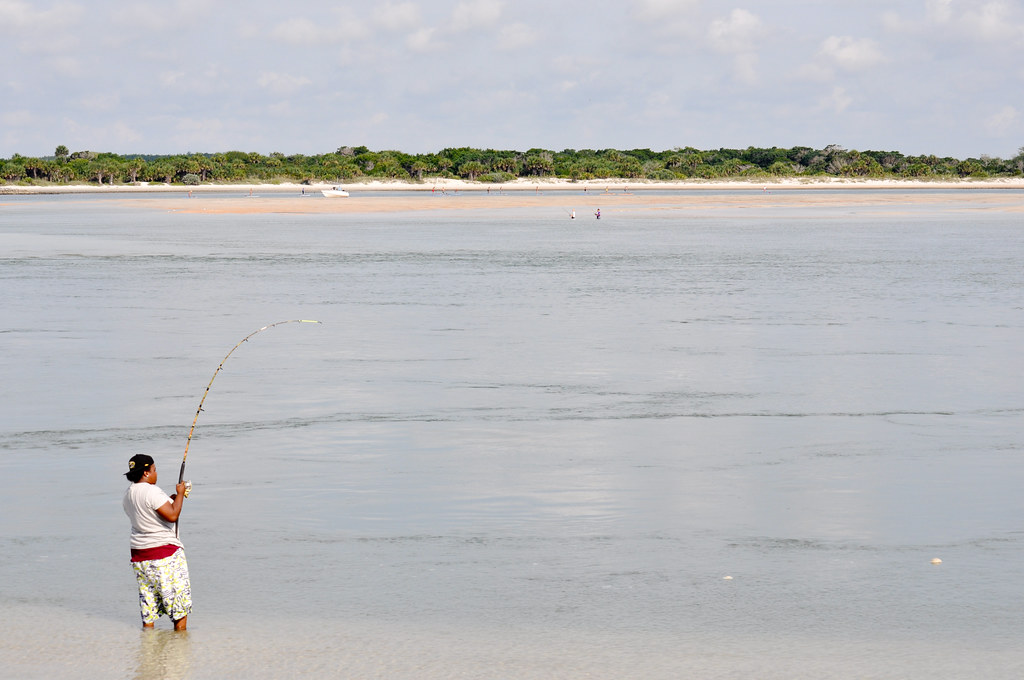











Post Comment